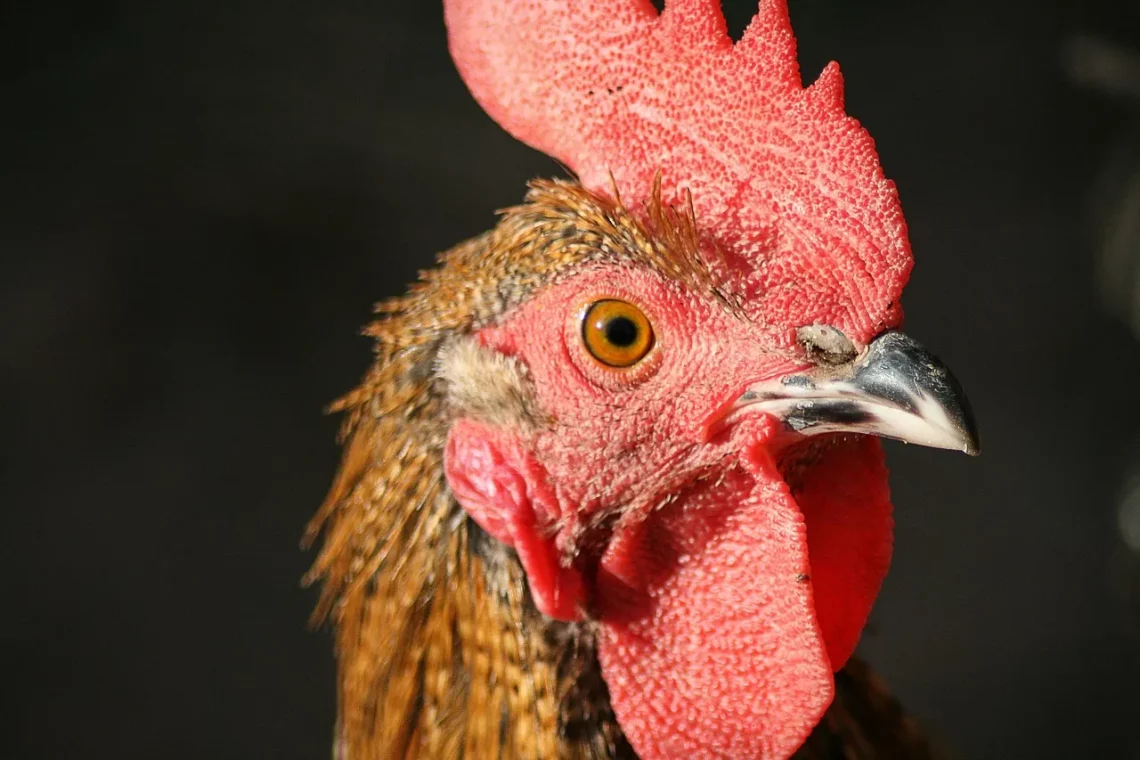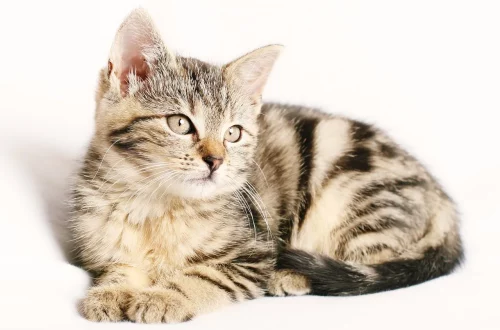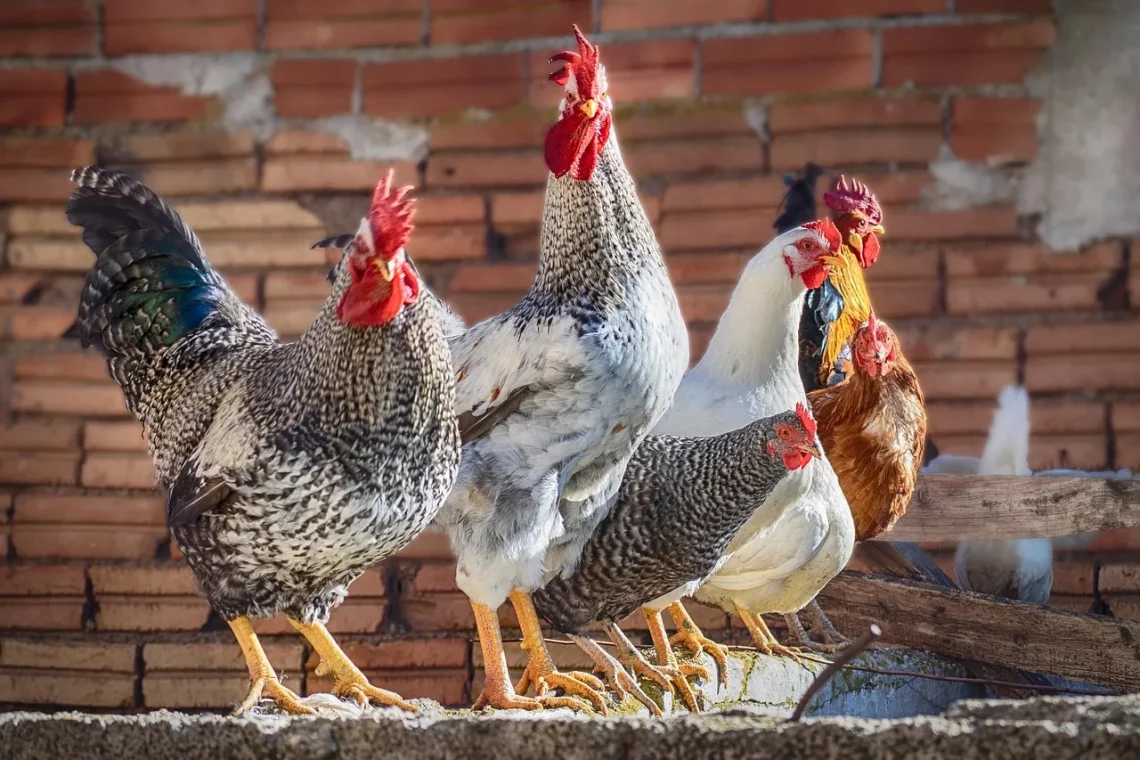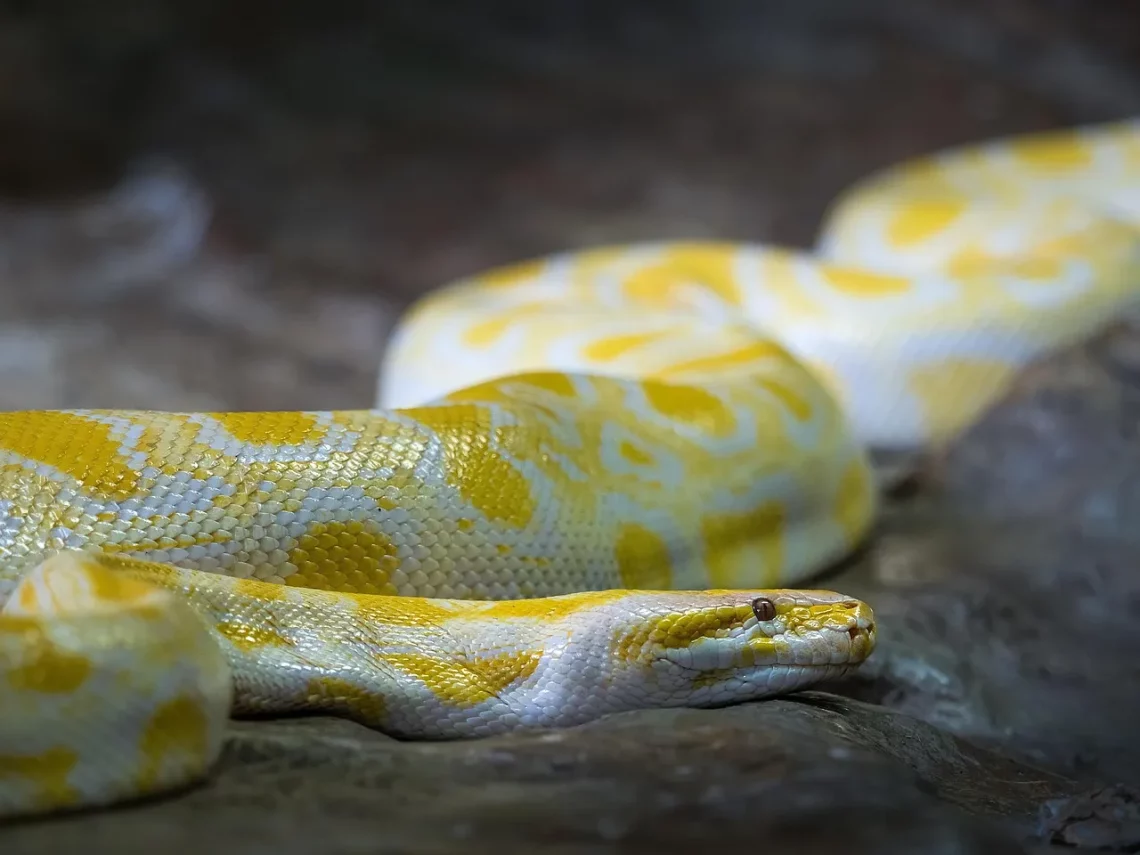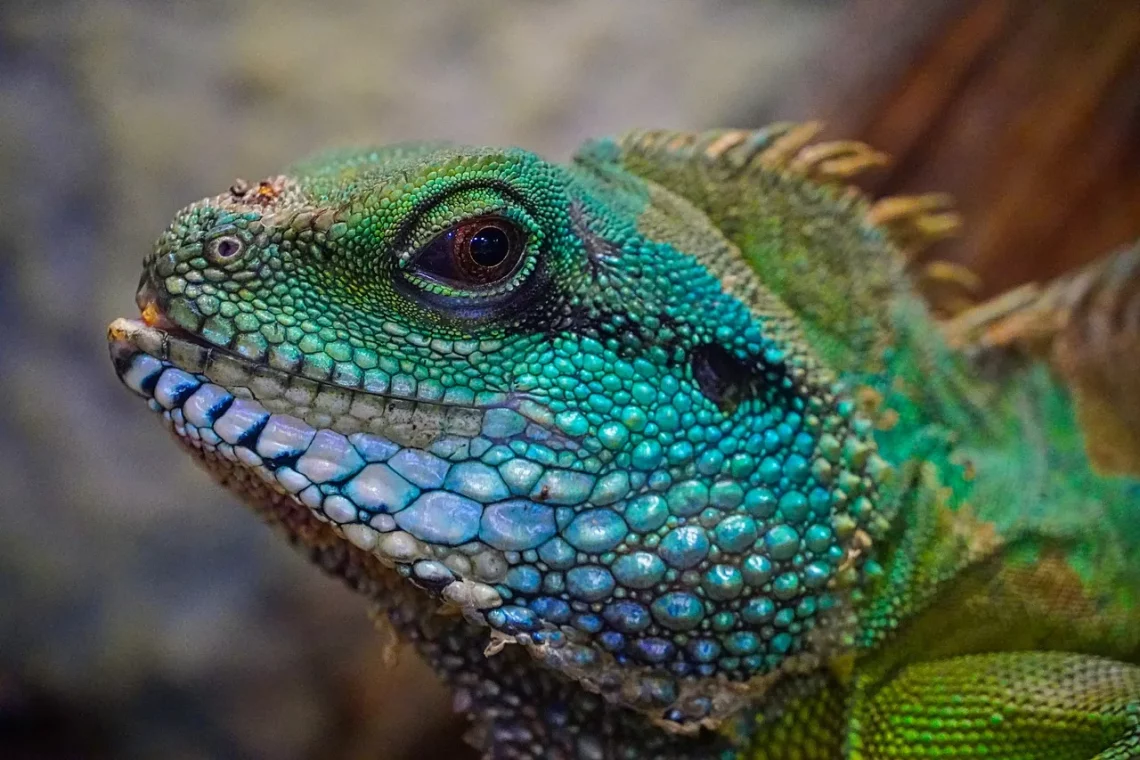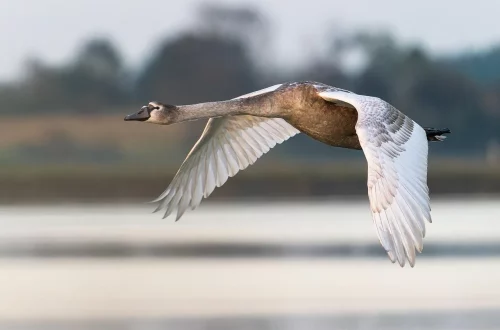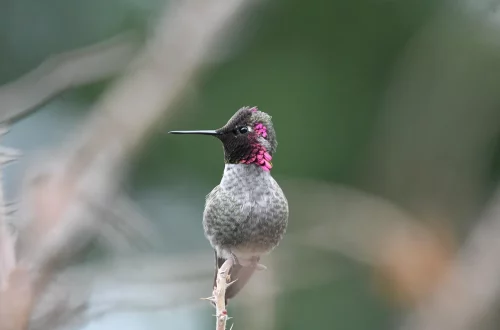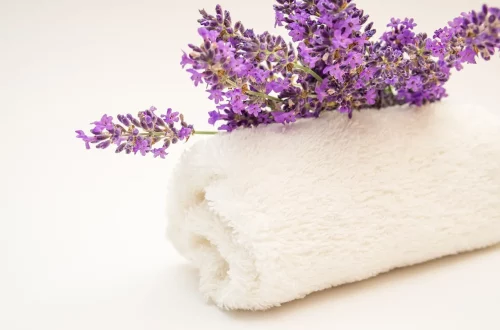-
The Essential Guide to Choosing the Right Hoof Trimmers for Your Needs
Choosing the right hoof trimmers is crucial for anyone involved in animal care, particularly if you work with horses, cows, or other hoofed animals. The health of these animals greatly depends on regular hoof maintenance, which can prevent a variety of issues, including infections, discomfort, and mobility problems. However, with the vast array of tools available on the market, selecting the right hoof trimmer can be overwhelming. Understanding the different types of trimmers, their features, and how they affect your animal’s health and comfort is essential. Moreover, the quality of the trimmers can significantly influence your efficiency in performing hoof care. Whether you are a professional farrier, a veterinarian, or…
-
Understanding Chicken Pooping: What Every Poultry Owner Should Know
Understanding the nuances of poultry care is essential for anyone venturing into the world of chicken ownership. Chickens are not only valued for their eggs and meat but also for their unique behaviors and needs. Among these aspects, understanding chicken excretion is a critical component of responsible poultry management. Chicken droppings, prevalent in any chicken coop or backyard, may not be the most glamorous subject, but they hold significant clues about the health and well-being of your flock. The droppings of chickens can vary in appearance, smell, and consistency, all of which can provide insights into their diet, hydration levels, and overall health. For new poultry owners, the sight of…
-
King Cobra for Sale: Your Guide to Owning This Exotic Snake
Owning a king cobra can be an enticing prospect for reptile enthusiasts and exotic pet lovers alike. This magnificent snake, known for its impressive size and striking appearance, is one of the most recognized species in the world. Found primarily in Southeast Asia, the king cobra is not only the longest venomous snake but also a creature that commands respect due to its potent venom and unique behaviors. However, potential owners should be aware that keeping a king cobra is not for everyone. It requires a deep understanding of reptile care, habitat requirements, and safety considerations. Unlike more common pet reptiles, the king cobra demands specialized care, including a suitable…
-
How Big Can Guinea Pigs Get? Size Guide and Care Tips
Guinea pigs are delightful companion animals that have captured the hearts of many pet owners around the world. These small, furry creatures are known for their gentle demeanor and playful antics. As members of the rodent family, they are unique in their own right, possessing distinct features that set them apart from other pets. One of the most common questions prospective owners have is about their size. Understanding how big guinea pigs can get is crucial for potential owners, as it helps in preparing the right environment and care for these animals. While they may appear small and cute when they are young, adult guinea pigs can reach a significant…
-
Building the Perfect Chicken Coop for 8 Happy Birds
Creating a comfortable and functional habitat for chickens is an essential aspect of backyard farming. Whether you are a novice chicken keeper or an experienced poultry enthusiast, understanding the needs of your feathered friends is vital for their well-being and productivity. Chickens require a safe and secure environment that not only protects them from predators but also offers sufficient space for roaming, nesting, and laying eggs. The design of a chicken coop plays a crucial role in maintaining the health and happiness of the birds. A well-constructed coop can significantly impact their behavior, egg production, and overall quality of life. When building a coop for eight chickens, various factors must…
-
Essential Bearded Dragon Measurements for Proper Care and Housing
Bearded dragons are one of the most popular reptiles kept as pets, known for their friendly demeanor and unique appearance. These fascinating creatures are native to Australia and thrive in a variety of environments, making them adaptable pets for both novice and experienced reptile enthusiasts. Understanding the essential measurements for their care and housing is crucial for ensuring their well-being and happiness. Bearded dragons require specific environmental conditions to mimic their natural habitat. This includes the right temperature, humidity, and space to roam and bask. Proper housing not only helps in maintaining their physical health but also plays a significant role in their psychological well-being. When setting up a habitat…
-
Why One Calf is Fatter Than the Other: Understanding Growth Differences
Understanding growth differences in calves can be a fascinating yet complex topic. The variation in size and fat accumulation among calves can be attributed to a multitude of factors, ranging from genetics to environmental influences. In the realm of livestock and animal husbandry, farmers and ranchers often observe that not all calves grow at the same rate or achieve similar body condition scores, leading to questions about the underlying reasons. In many cases, these differences can be traced back to the animal’s genetics, which play a crucial role in determining growth potential. However, the environment in which the calves are raised also significantly impacts their development. Nutritional factors, social dynamics…
-
Understanding Bearded Dragon Sexes: A Guide for Enthusiasts
Bearded dragons, known for their docile nature and charming appearance, have rapidly gained popularity as pets among reptile enthusiasts. These lizards, native to Australia, possess a range of captivating traits that make them appealing to both novice and experienced keepers. However, understanding the nuances of bearded dragon sexes is crucial for anyone interested in breeding or simply keeping these reptiles as companions. Sex determination in bearded dragons can be a complex topic, as it involves not only physical characteristics but also behavioral cues. Enthusiasts often find themselves puzzled when trying to differentiate between male and female dragons, especially at a young age. The ability to accurately identify the sex of…
-
Essential Guide to Russian Tortoise Food for Optimal Health
The Russian tortoise, known for its hardy nature and charming personality, has become an increasingly popular choice among reptile enthusiasts. Native to the arid regions of Eastern Europe and Central Asia, this species is well-adapted to survive in harsh environments. However, despite their resilience, Russian tortoises have specific dietary needs that must be met to ensure optimal health and longevity. Understanding what to feed these reptiles is crucial for any owner looking to provide the best care possible. Tortoises, in general, are herbivores, and their diet primarily consists of various types of plants. In the case of the Russian tortoise, a diet rich in fiber and low in protein is…
-
Essential Guide to Russian Tortoise Food for Optimal Health
The Russian tortoise, known for its hardy nature and charming personality, is a popular choice among reptile enthusiasts and pet owners alike. This species, native to the arid regions of Central Asia, has adapted to a variety of environments, making it a resilient companion for those willing to provide the right care. One of the most crucial aspects of maintaining a healthy Russian tortoise is ensuring a balanced diet. Unlike mammals, tortoises have unique dietary needs that are essential for their growth, longevity, and overall well-being. Understanding what constitutes a nutritious diet for your Russian tortoise can seem daunting, especially with the myriad of food options available. A proper diet…




